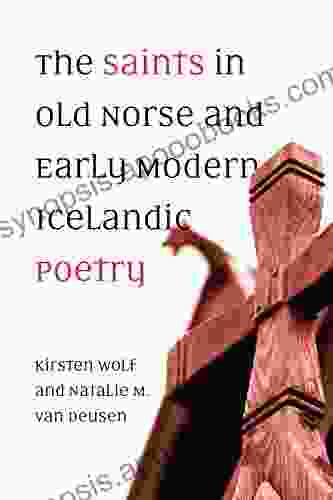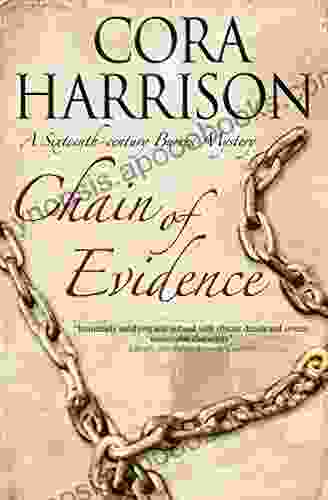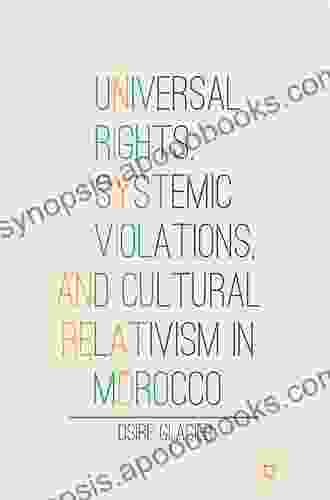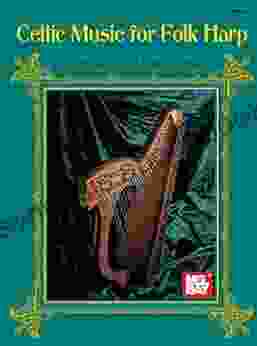: Saints in the Norse World
In the vast expanse of Old Norse and Early Modern Icelandic poetry, saints occupy a unique and enigmatic position. They emerge as revered figures of faith, embodiments of divine power, and catalysts for miraculous interventions. Yet, their portrayal in these literary works goes beyond mere hagiography; it weaves a rich tapestry of cultural influences, folklore traditions, and evolving religious beliefs.
This article delves into the fascinating world of saints in Old Norse and Early Modern Icelandic poetry, exploring their multifaceted roles and enduring significance. Through a close examination of key texts and historical contexts, we will uncover the complex interplay between faith and folklore, shedding light on the evolution of Icelandic Christianity and the profound impact of saints on Norse culture.
The Poetic Corpus: A Treasury of Saints
The Old Norse and Early Modern Icelandic poetic corpus offers a treasure trove of references to saints. From the enigmatic kennings of the skalds to the devotional hymns of Christian poets, saints are invoked in a kaleidoscope of literary genres.
Eddaic Poetry: Saints in Myth and Legend
In the Eddaic poems, the precursors of Norse mythology, saints make fleeting but intriguing appearances. The Völuspá, for instance, mentions a mysterious "Saint Michael," while the Sigurðarkviða hin skamma alludes to the Virgin Mary as "the maid" who prophesied the hero's fate.
Skaldic Verse: Saints as Patrons and Inspirations
The skalds, court poets of the Viking Age, often invoked saints in their elaborate kennings. These kennings, complex poetic metaphors, bestowed divine qualities upon secular rulers, likening them to saints or invoking their patronage. The skaldic corpus also includes encomiastic poems dedicated to individual saints, praising their virtues and miraculous deeds.
Christian Hymns: Saints as Intercessors and Role Models
With the advent of Christianity, a new genre of poetry emerged in Iceland: the Christian hymn. These hymns, often composed in the vernacular, celebrated the lives and virtues of saints, seeking their intercession and guidance. The Lilja, a masterpiece of Old Icelandic literature, stands as a testament to the profound devotion and literary artistry inspired by saints.
Saints in the Cultural Landscape
Beyond their literary presence, saints played a pivotal role in the cultural landscape of medieval Iceland. They were venerated as protectors of the nation, healers of the sick, and guides for the soul. Their feast days were observed with elaborate rituals and festivities, and their relics were believed to possess miraculous powers.
Patronage and Pilgrimage
Each Icelandic diocese had its own patron saint, to whom churches and monasteries were dedicated. Pilgrims flocked to these holy sites, seeking blessings and divine intervention. The most famous pilgrimage destination was the shrine of St. Þorlákr in Skálholt, where miracles were said to abound.
Folklore and Superstition
The veneration of saints in Iceland was deeply intertwined with folklore and superstition. Saints were believed to have the power to control the weather, heal diseases, and even ward off evil spirits. Their images adorned homes and churches, serving as talismans against misfortune.
The Evolution of Sainthood
The concept of sainthood underwent significant changes over time in Iceland. In the early period, local figures who had performed miracles or led exemplary lives were often revered as saints by popular acclaim. However, as the Church became more centralized, the canonization process became more formal and controlled.
Local Saints and Miracle Tales
In the early Icelandic Church, several individuals were recognized as saints due to their extraordinary deeds or martyrdom. These local saints, such as St. Guðmundr and St. Jón Ögmundarson, were celebrated in miracle tales and liturgical texts.
Canonized Saints and Ecclesiastical Authority
With the establishment of the Icelandic diocese in 1106, the Church began to regulate the canonization process. Saints were now canonized by the Pope, and their cults were subject to official approval. This shift in authority led to a more standardized and centralized veneration of saints.
: Saints as Enduring Symbols
The saints in Old Norse and Early Modern Icelandic poetry stand as enduring symbols of faith, folklore, and cultural identity. They embody the complex interplay between religion and society, reflecting the evolving beliefs and practices of medieval Icelanders. Through their presence in literature, patronage of communities, and miraculous interventions in folklore, saints left an indelible mark on Norse culture.
This journey through the world of saints in Old Norse and Early Modern Icelandic poetry has illuminated their multifaceted roles and enduring significance. They were not only objects of veneration but also sources of inspiration, protectors of the nation, and catalysts for cultural transformation. Their legacy continues to resonate today, reminding us of the profound impact that faith and folklore have had on the shaping of human societies.


























































































